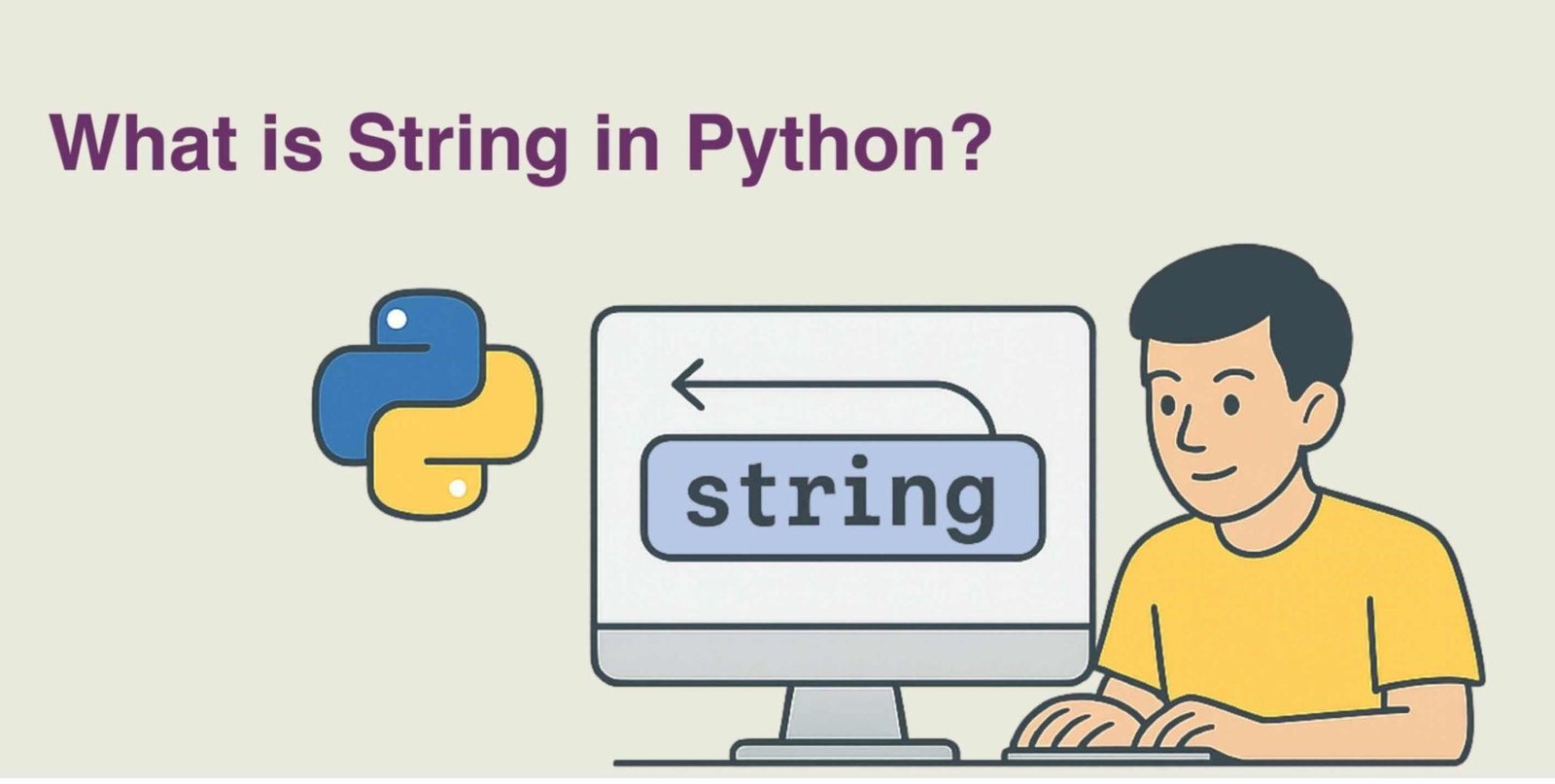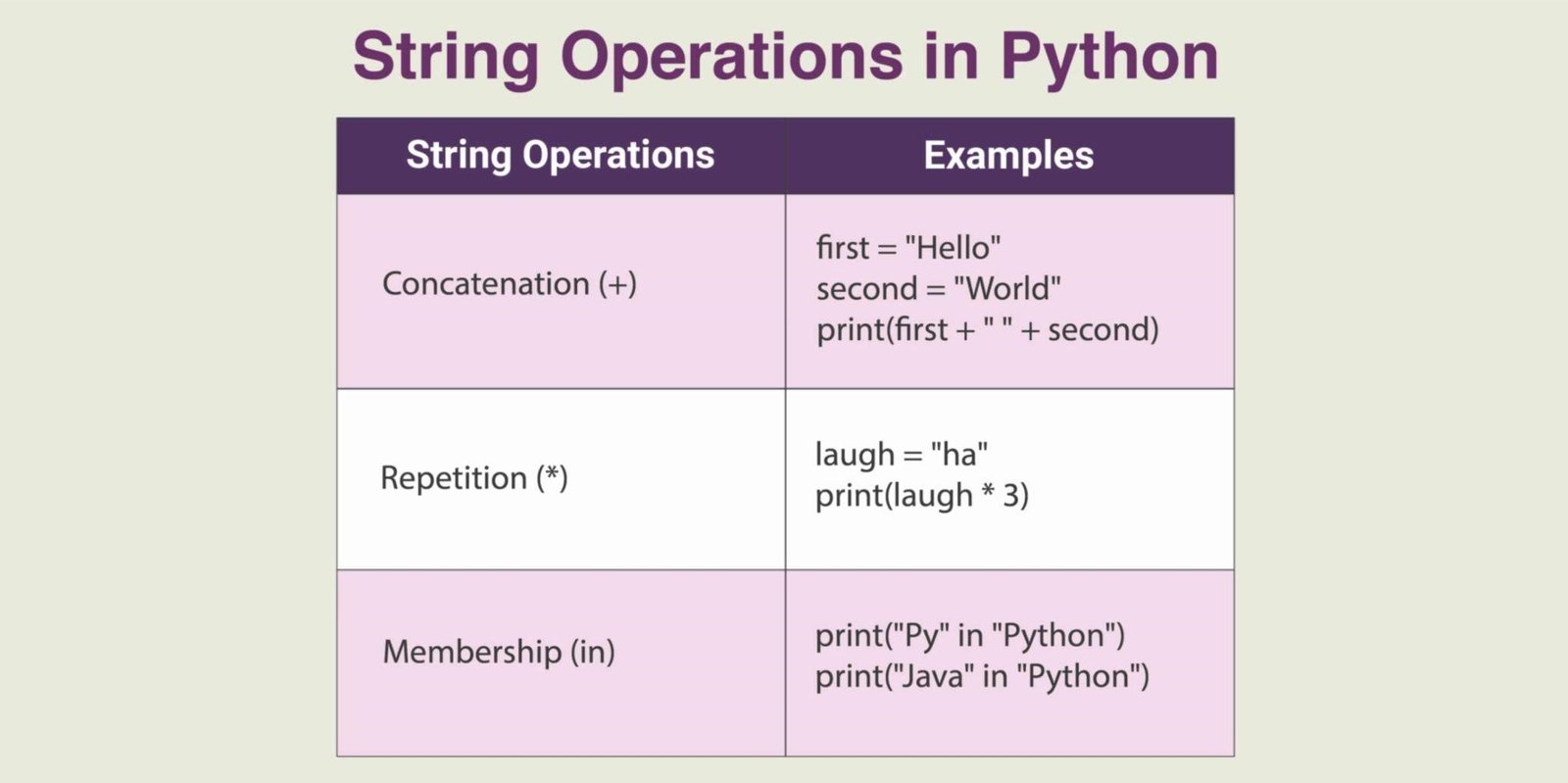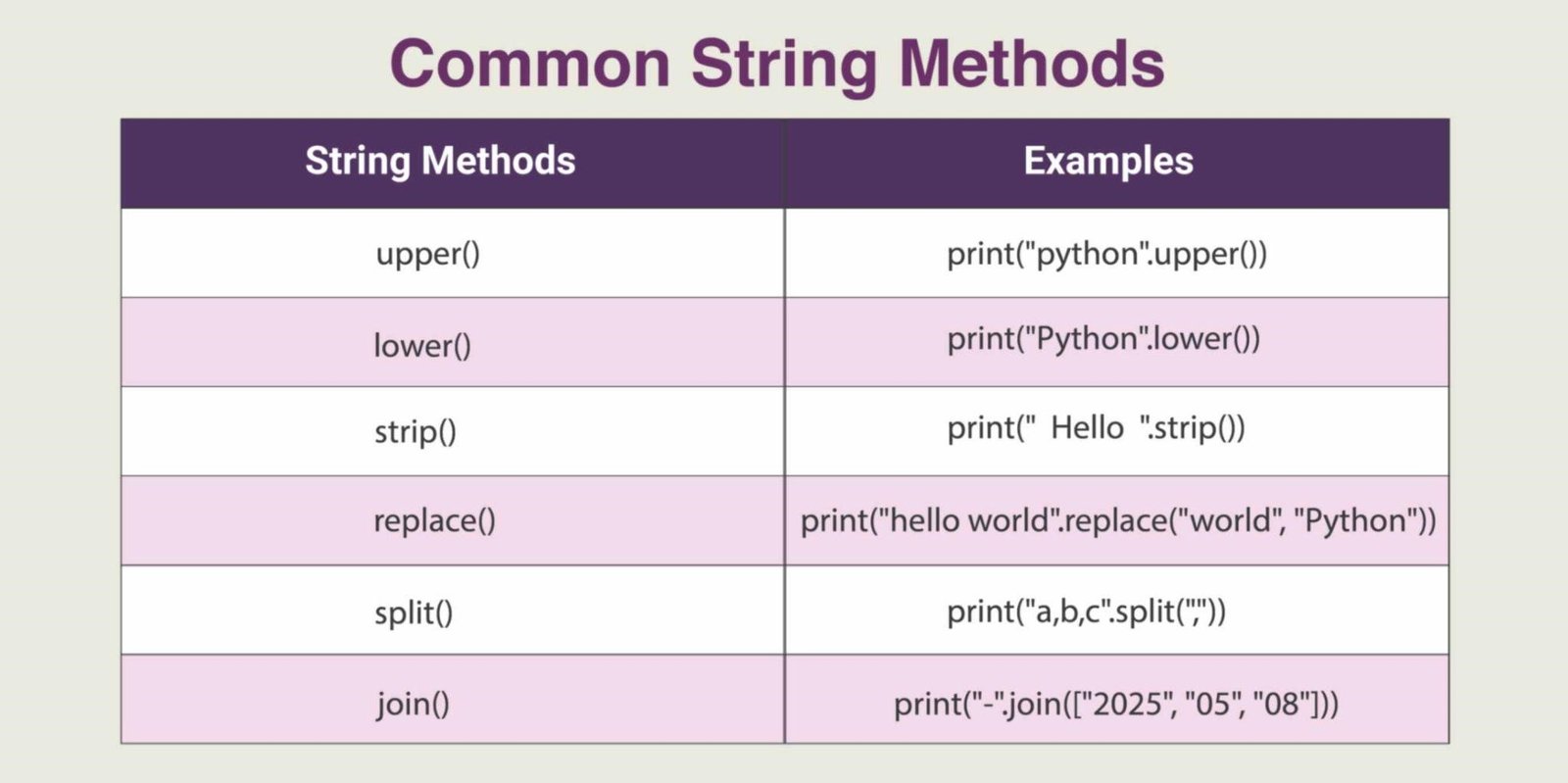What is a String in Python

In Python, a string is a sequence of characters enclosed within either single quotes ('), double quotes ("), or triple quotes (''' or """). Strings are one of the most commonly used data types for storing and manipulating text-based information. Whether you're handling user input, reading files, or displaying messages, strings play a pivotal role in Python programming. Their flexible nature and rich set of operations and methods make string manipulation in Python powerful and intuitive.
Introduction to Python Strings
Think of strings as digital text containers, similar to how we use sticky notes or text messages daily. In programming terms, Python treats anything enclosed within quotes as a string. You can use either single or double quotes to create a string:
message1 = 'Hello, Python!'
message2 = "Welcome to programming"Python strings are Unicode, which means they can store characters from multiple languages and symbol sets. This makes strings versatile and ideal for developing global applications.
Creating Strings in Python
Single quotes: greet = 'Hello'
Double quotes: name = "Alice"
Triple quotes: Triple quotes (for multiline strings):
bio = '''Alice is a developer.
She loves Python.
Triple quotes are handy for multiline string Python statements, such as documentation or formatted text blocks, because they preserve line breaks.
Use single or double quotes for short, single-line strings, and triple quotes when working with longer or multiline text.
String Indexing and Accessing Characters
Strings in Python are indexed starting from 0. You can access individual characters using square brackets:
word = "Python"
print(word[0]) # Output: P
print(word[3]) # Output: h
Python also supports negative indexing to access characters from the end:
print(word[-1]) # Output: n
print(word[-3]) # Output: h
Trying to access an index that doesn’t exist will raise an IndexError, so always validate the length if needed.
String Operations in Python

Strings can be combined and manipulated using various operations:
Concatenation (+):
first = "Hello"
second = "World"
print(first + " " + second) # Hello World
Repetition (*):
laugh = "ha"
print(laugh * 3) # hahaha
Membership (in):
print("Py" in "Python") # True
print("Java" in "Python") # False
These basic operations enable flexible Python string manipulation for various use cases.
Common String Methods
Python includes several built-in methods to perform common operations. Here are a few essential Python string methods:

upper(): Converts to uppercase
print("python".upper()) # PYTHONlower(): Converts to lowercase
print("Python".lower()) # pythonstrip(): Removes leading/trailing whitespaces
print(" Hello ".strip()) # Helloreplace(): Replaces part of the string
print("hello world".replace("world", "Python")) # hello Pythonsplit(): Splits string into a list
print("a,b,c".split(",")) # ['a', 'b', 'c']join(): Joins a list into a string
print("-".join(["2025", "05", "08"])) # 2025-05-08These methods simplify text processing and data cleaning tasks.
String Immutability in Python
One of the key characteristics of strings in Python is that they are immutable, meaning once a string is created, it cannot be altered. Any operation that appears to modify a string creates a new one:
text = "hello"
# text[0] = "H" # This will raise a TypeError
new_text = "H" + text[1:]
print(new_text) # Hello
Understanding this concept helps avoid unexpected behavior and bugs during string manipulation in Python.
String Formatting in Python
Formatting strings dynamically is essential when creating messages or reports. Python offers three main methods:
strings (Python 3.6+):
name = "Alice"
print(f"Welcome, {name}!")
format() method:
print("Welcome, {}!".format("Bob"))
Percent (%) operator:
age = 25
print("I am %d years old." % age)
F-strings are now the most preferred method due to readability and performance.
Multiline Strings
description = """
This is a multiline string.
It spans multiple lines.
"""
print(description)
Multiline strings are helpful in scenarios like:
Writing long messages
Creating documentation strings (docstrings)
Preparing formatted output
The triple-quote style keeps line breaks intact, preserving the layout as written.
Conclusion
Python strings are foundational to any program that deals with text. From basic tasks like storing names to complex operations such as formatting reports or processing files, string handling is a core skill for any developer. Key takeaways include:
Strings are sequences of Unicode characters.
Strings support indexing, slicing, and various operations.
Python string methods simplify everyday text-processing tasks.
Strings are immutable, which influences how you modify them.
String formatting and multiline string capabilities make Python ideal for readable and dynamic content creation.
Whether you're a beginner writing your first program or a seasoned developer building data-driven applications, mastering Python strings will significantly enhance your coding capabilities.
To gain hands-on experience, enrol in Bhrighu Academy’s expert-led Python programming courses. Learn to apply string manipulation in Python through real-world projects and step confidently into professional software development.
Take the first step with Bhrighu Academy and elevate your programming journey today!
Frequently Asked Questions
What is the string class with an example?
In Python, the str class represents a string, a sequence of Unicode characters used to store text data.
Example:
greeting = str("Hello, world!")
print(type(greeting)) # Output:
How to use a string in Python?
You can use strings in Python by enclosing text in single, double, or triple quotes. Strings support operations like indexing, slicing, concatenation, and formatting.
Example:
name = "Alice"
print(f"Hello, {name}!")
What is the string method with an example?
A string method is a built-in function that performs a specific operation on a string, like changing case or replacing text.
text = "hello"
print(text.upper()) # Output: HELLO
How to change char to string?
In Python, characters are treated as one-length strings. You can convert any single character to a string using the str() function or directly assign it as a string.
char = 'A'
char_str = str(char)
print(type(char_str)) # Output:





